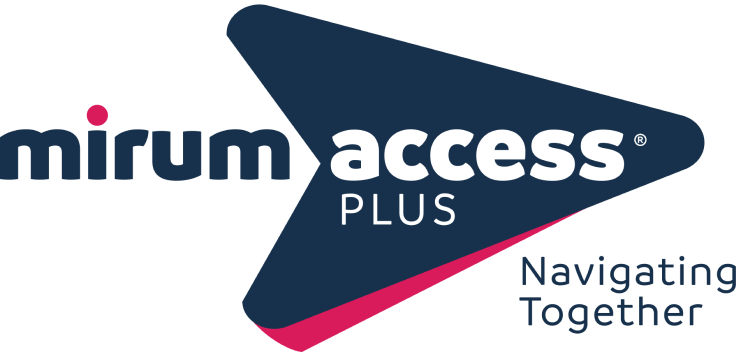When it comes to fat-soluble vitamins, nutrients, weight, and growth…

This is 20-year-old Thomas. He has peroxisomal biogenesis disorder-Zellweger spectrum disorder (PBD‑ZSD) and has been taking CHOLBAM since 2015. Individual results may vary.
CHOLBAM is a cholic acid replacement therapy that, when used with other medications, may help patients with peroxisomal biogenesis disorder-Zellweger spectrum disorder (PBD-ZSD) lower liver enzymes and improve certain growth parameters.
The safety and effectiveness of CHOLBAM on symptoms outside of the liver have not been studied.
Talk to a health care provider to learn more about CHOLBAM.
Stay Up to Date
To receive more information about CHOLBAM as it becomes available, please fill out this form.


